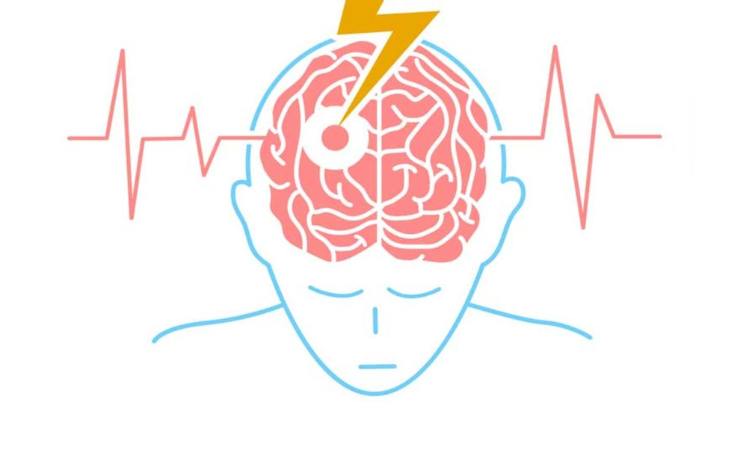Stroke Treatment by Dr. Vishal Chafale, Navi Mumbai

What is Stroke ?
A stroke is a medical emergency that occurs when the blood supply to a portion of the brain is blocked or reduced, preventing brain tissue from getting oxygen and nutrients. Brain cells begin to die within minutes. Stroke is one of the primary reasons for death and disability all over the world, but understanding its types, causes, symptoms, and prevention strategies can help mitigate its impact.
Types of Strokes
Ischemic Stroke
It occurs when blood flow to a part of brain is interrupted by a blood clot or a fatty deposit (plaque) within the blood vessels.
Hemorrhagic Stroke
Hemorrhagic strokes are experienced when a blood vessel in the brain pops or bursts, leading to bleeding (hemorrhage) in or around the brain
Transient Ischemic Attack" (TIA)
A TIA is a mild and temporary blockage of blood flow to the brain, primarily caused by a blood clot. It typically lasts only a few minutes and doesn't cause permanent damage.
Ischemic Stroke Causes -
Atherosclerosis: The accumulation of fats, cholesterol, and other materials in and on the artery walls, which can interfere with blood flow.
Blood Clots: Clots can form in the heart (due to conditions like atrial fibrillation) and travel to the brain.
Hemorrhagic Stroke Causes -
High Blood Pressure (Hypertension): The most significant risk factor for haemorrhagic stroke.
Aneurysms: Weakened blood vessels that can bulge and burst.
TIA Causes -
Temporary Blood Clots: Small clots or other debris temporarily block blood flow to part of the brain.
General Stroke Symptoms -
- Sudden numbness or weakness, particularly on one side of the body (face, arm, or leg).
- Sudden trouble seeing in one or both eyes.
- Dizziness, balance loss, or lack of coordination.
- Severe headache
- Sudden trouble speaking or understanding speech.
TIA Symptoms -
- The symptoms of a TIA are similar to stroke symptoms but are temporary, typically lasting less than 24 hours and often only a few minutes.
Lifestyle Changes -
- Following a balanced diet high in fruits, vegetables, grains, and lean proteins while reducing the quantity of saturated fats and trans fats.
- Exercising for at least 150 minutes per week.
- Smoking cessation reduces stroke risk significantly.
- Drinking alcohol in moderation.
Medical Management -
- Control Blood Pressure.
- Keeping blood sugar levels under control..
- Proper treatment of atrial fibrillation can reduce the risk of stroke..
- Cholesterol Management.


